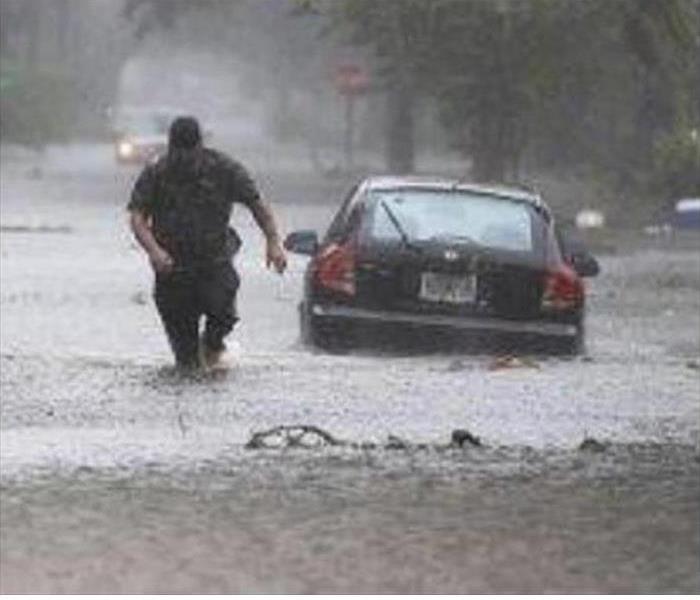6 Ways to Prepare Now for Hurricanes
2/16/2018 (Permalink)
The worst thing that people who live along coastlines can do is not to prepare for tropical storms and hurricanes.
According to the National Hurricane Center, the two key factors contributing to weather safety during hurricanes are preparing in advance for the risks and to act on those preparations when alerted by emergency officials.
The director of the National Hurricane Center, Rick Knabb, and AccuWeather Hurricane Expert Dan Kottlowski outlined certain precautionary steps that people in areas impacted by hurricanes and tropical storms should take.
1. Evacuation planning
The main reason people have to evacuate during hurricanes is from a storm surge, which is an abnormal rise of water generated by a storm’s winds that can reach heights well over 20 feet and can span hundreds of miles of coastlines, according to the National Hurricane Center.
"Evacuation planning is number one on the list,” Knabb said.
Knabb urged that people find out today if they live in a hurricane evacuation area, which is an area in which residents must leave their homes in the event of a hurricane.
Local governments provide the public with information about evacuation areas and the evacuation plans, and Knabb recommended that people review this information in advance.
“Some people will actually test the evacuation route in good weather,” Kottlowski said. “Waiting until the day of the hurricane isn’t a smart idea since everyone will be in a heightened state of anxiety.”
While people who live in storm surge areas fall within areas that are urged to evacuate during a hurricane, people who live outside of these zones should still look into safety precautions during a hurricane.
While evacuation shelters do provide supplies, Kottlowski said, “Shelters can get overrun and may not have enough supplies."
These kits should include water, food, blankets, and clothing.
Dimitri Pinckney installs hurricane shutters in advance of Hurricane Matthew on the Isle of Palms, S.C., Wednesday, Oct. 5, 2016. (AP Photo/Mic Smith)
Car owners should also contact auto insurance companies and move their cars to an off-site location or secured building.
“You won’t be able to take every vehicle you own to the shelter, but if you leave the vehicle outside, it could be seriously damaged,” Kottlowski said.
4. Make copies of important documents
Those living in or near hurricane areas should make copies of proof of ownership documents of any property not limited to their homes, cars, and boats.
These documents can be stored in the hurricane kit or in any safe location that does not risk being damaged during the hurricane.
“If a hurricane levels your house, you have to prove that it is your house,” Kottlowski said.
5. Protect your home
Residents and tenants should inspect their homes to confirm that there is no damage that a hurricane could increase.
Any issues with the overall structure should be repaired, including loose shingles or damaged roofs.
“Any possible compromises to the roof or house will become an open avenue for strong and gusty winds,” Kottlowski said.
Residences with yards should also make a list of anything laying on the ground outside that could get tossed into the air and become debris during high winds.
Kottlowski also said residents should purchase supplies, including plywood to cover windows and extra security to keep doors from blowing open, in advance, to secure their homes from damaging winds.
6. Back up your electronics
Aside from keeping extra batteries and chargers around during a hurricane, people are also encouraged to back up any electronic devices.
Knabb said data should be stored at an off-site location so that data can be recovered if something were to happen to the physical computer or device during a hurricane.
Make SERVPRO of Suffolk/Smithfield/Franklin your first call to help you and your local insurance agent assess the damage. We will work with you to restore your property and your life to make it "Like it never even happened®." 757-934-8404





 24/7 Emergency Service
24/7 Emergency Service
